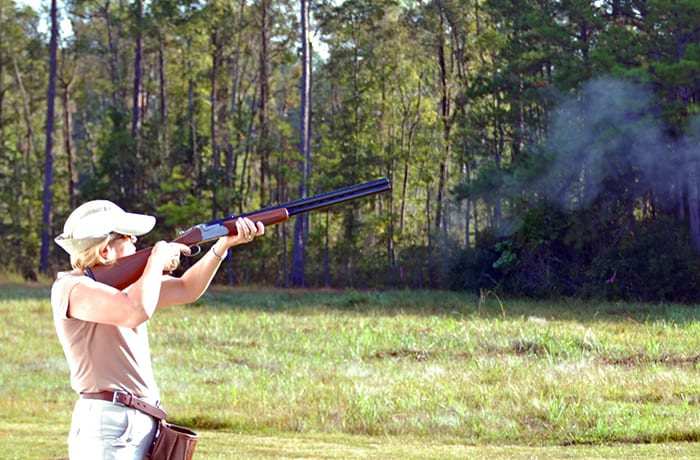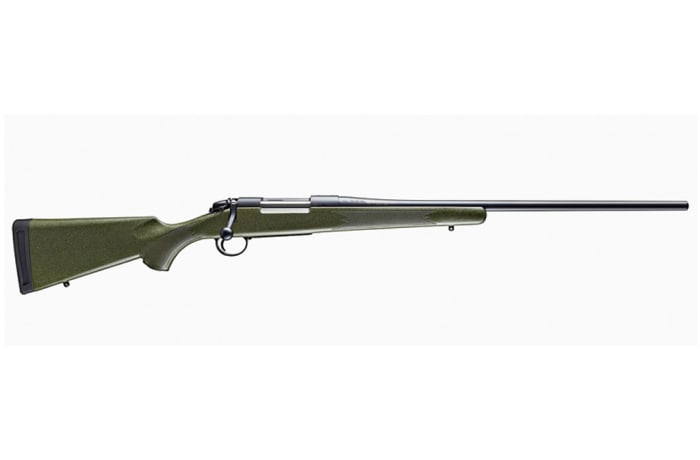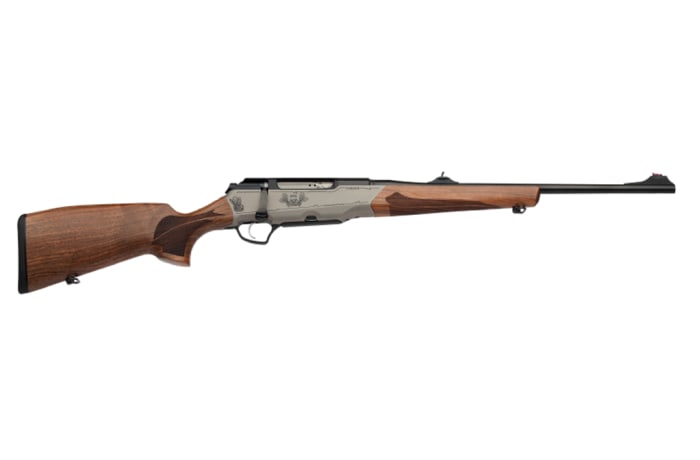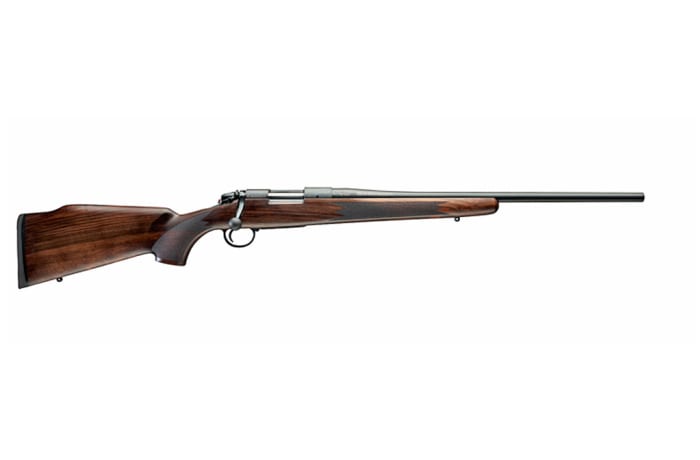
Rifles - Benelli Argo E Fluted
Further information
For a complete explanation it is necessary to start from afar, explaining the concept of mass.
The mass of a body is the measure of its inertia, that is, of the resistance that the body opposes to all the variations of its state of quiet or motion; similarly (thermal energy is equivalent to mechanical energy), when in thermodynamics we speak of thermal inertia it happens that the mass gives us the measure of the ability of a material or structure to vary more or less quickly its own temperature as a response to variations of external temperature or to an internal source that supplies heat or subtracts it.
This means that for the same caliber and length, a barrel with a larger diameter (therefore with a greater mass) will shoot better, than one with a smaller diameter because it is more rigid and with a more regular vibratory regime; moreover, the barrel of greater mass will heat up more slowly and consequently will not suffer or suffer the negative effects of the excessive heating deriving from the succession of shots (first of all the heat input comes from the friction of the projectiles).
All other conditions being equal, a rod of greater mass is stiffer and heats up less with the succession of blows, therefore it is surprising that at times the equivalence in stiffness, with the same diameter, between an un furrowed and a fluted rod is affirmed , all often crowned by the affirmation that having the barrel fluted a greater radiant surface there is a faster heat dissipation and therefore less heating of the barrel. This second statement is not entirely without foundation, but we must remember that the grooves can increase the radiant surface (of what depends on quotas,
With ArgoE fluted we will have more rigidity and less heating for the same mass compared to a rod of smaller diameter, if then the mass is something more and in any case always less than that of a "heavy" rod of the same diameter the advantages compared to the more light non-furrowed barrel are even greater. The fluted rod is not a "normal" rod with a certain number of grooves, but requires an autonomous design and a more complex production process.
Technical sheet:
- Length 1.020 mm with 47 cm barrel
- Caliber .30 / 06 Springfield and .308 Winchester
- Mechanics Geometric closure with rotating shutter, gas intake group with short stroke piston ARGO Endurance system
- Casing In matt black anodized Ergal
- 47 cm Crio barrel with 4-prong right-handed rifling, 17.5 mm in diameter; longitudinal lightening grooves
- Stock and temples In technopolymer with Air touch checkering
- LOP 350 mm +/- 2 with short butt plate modifiable at 360 mm +/- 2 mm with medium butt plate and 370 mm +/- 2 mm with long butt plate
- Interchangeable butt plate, anatomic in polyurethane
- Interchangeable gel nose pad (medium mounted, optional low and high)
- Fold to Hake 44 mm
- Heel fold 55 mm adjustable to 53.63.68
- Sicura Trasversale, ambidextrous with red signal of weapon warning ready for firing
- Trigger guard Black anodized technopolymer
- Mire Half batting rib in carbon fiber with fiber optic inserts, Easy Aim Argo E fiber optic sight adjustable laterally and vertically, on request, equipped with protection tunnel; sheath prepared for mounting Weaver, Picatinny or quick release bases
- Removable 4-shot prismatic magazines; optional 2 or 5 round magazines









